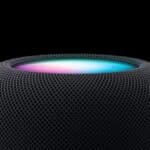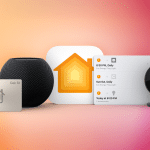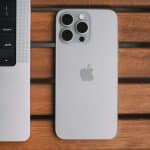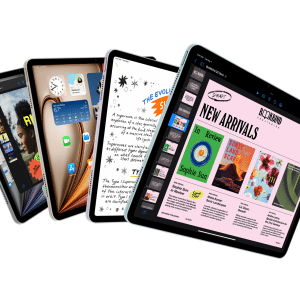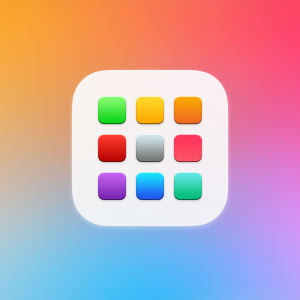Apple is developing a smart doorbell camera, codenamed J450, designed to rival Amazon’s Ring. This device is expected to feature facial recognition technology, allowing it to identify residents or frequent visitors and unlock doors automatically when paired with a smart lock. The doorbell will likely leverage iCloud+ for secure video storage and processing, ensuring footage remains encrypted and accessible only to the user. Unlike traditional doorbells, Apple’s version could integrate with HomeKit to trigger actions like turning on porch lights or sending alerts to an iPhone when someone approaches. This focus on privacy and ecosystem integration sets it apart in a market crowded with data-heavy competitors.
Smart Cameras for Whole-Home Coverage
In addition to the doorbell, Apple is testing a network of smart cameras intended for placement around the home, similar in scale to the HomePod mini. These cameras, also under the J450 codename, are designed to work together to provide comprehensive security and automation. Equipped with infrared sensors, they can detect motion and activity even in low-light conditions, making them ideal for nighttime monitoring. The cameras support facial recognition, enabling them to identify who’s in a room and trigger personalized automations, such as adjusting lights or temperature as someone enters or leaves. This level of integration could make daily routines smoother, especially for households with multiple users.
Enhancing HomeKit Automation
Apple’s smart cameras are built to deepen HomeKit’s capabilities, offering more than just security. By recognizing specific individuals, the cameras can activate tailored HomeKit scenes, such as turning on a reading light when a user enters a study or dimming lights when they leave. These features are particularly valuable for users with accessibility needs, such as those with mobility challenges, as the cameras can automate tasks like lighting pathways at night. The cameras are expected to support HomeKit Secure Video, which uses on-device processing to analyze footage locally, prioritizing user privacy over cloud-heavy alternatives offered by competitors.
A Broader Smart Home Ecosystem
The doorbell and cameras are part of a larger push by Apple to expand its smart home portfolio. Reports indicate the company is developing a HomePod with a screen, designed to serve as a central hub for controlling these devices. This hub could display live camera feeds, manage automations, and integrate with other HomeKit-compatible gear, creating a unified experience. Unlike Amazon or Google’s offerings, which often rely on third-party cloud services, Apple’s ecosystem emphasizes end-to-end encryption and local processing, appealing to users wary of data privacy risks. This approach could carve out a distinct niche in the competitive smart home market.
User Benefits and Market Impact
For consumers, Apple’s smart home devices promise a seamless, privacy-focused experience. The doorbell camera could simplify home access with facial recognition, eliminating the need for keys or codes, while the smart cameras offer peace of mind through real-time monitoring and automation. These devices are particularly appealing for Apple ecosystem users, as they integrate with iPhones, iPads, and HomePods for effortless control. The emphasis on facial recognition and infrared sensors also makes them versatile for both security and convenience, such as ensuring lights turn on for a disabled family member entering a room. In a market dominated by Amazon and Google, Apple’s entry could drive competition, potentially lowering prices and pushing innovation.
Challenges and Expectations
While the potential is high, Apple faces challenges in a crowded market. Competitors like Eufy and SimpliSafe offer established, budget-friendly options, and Apple will need to balance premium features with competitive pricing. The doorbell’s reliance on iCloud+ may also limit its appeal to users without a subscription, though Apple could offer standalone storage options. Additionally, ensuring compatibility with non-Apple devices through standards like Matter will be crucial for broader adoption. With a release expected in 2026, these devices are still in the testing phase, giving Apple time to refine their functionality and address user feedback from existing HomeKit products.






